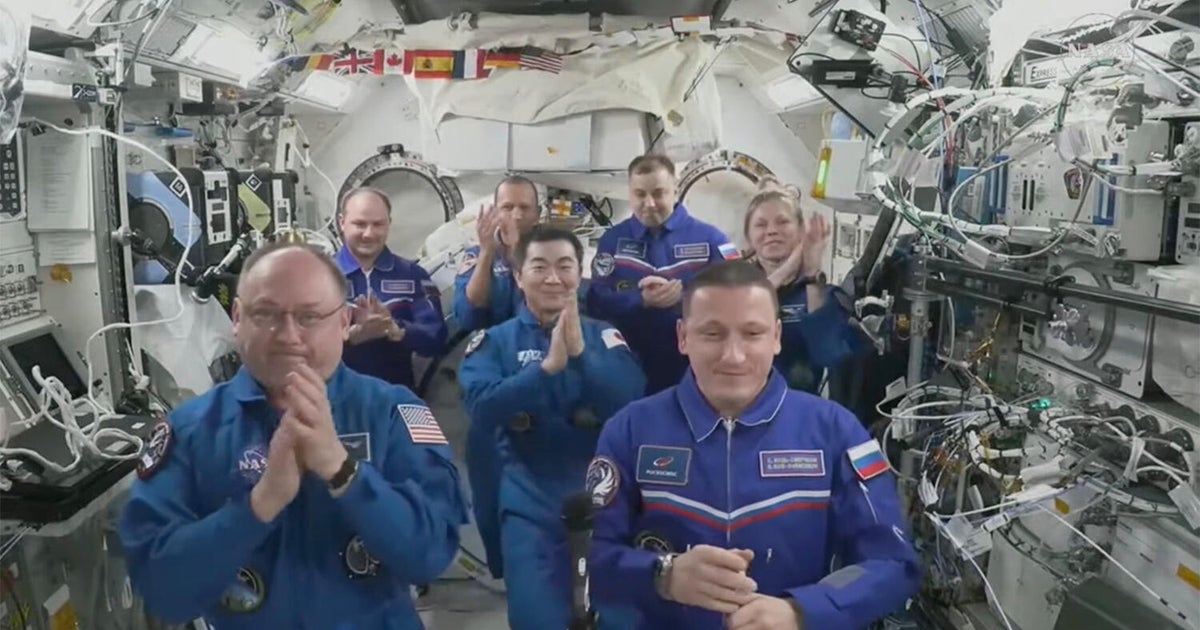Five planets are lining up in the sky in June. Here's how to see it.
Five planets are moving into a rare alignment, which will be visible from Earth this week. Mercury, Venus, Mars, Jupiter and Saturn are lining up — in that order — for the first time since December 2004. On Friday, June 24, the phenomenon will be the most visible to stargazers.
While it is common to see a conjunction of three planets close together, seeing five is rare, according to Sky & Telescope. The planets are lining up in their natural order from the Sun, which is also remarkable, says the science magazine published by American Astronomical Society.
The five so-called "naked-eye" planets were visible beginning on June 3 and 4, and the lineup could be seen with binoculars — but only for about half an hour, before Mercury was lost in the glare of the sun.
But on June 24, viewing will be optimal. Even if the distance between Mercury and Saturn increases, it's getting easier to spot Mercury, so it is getting progressively easier to see all five planets, Diana Hannikainen, observing editor of Sky & Telescope, told CBS News via email.
Hannikainen said the sky on the morning of the 24th "will present a delightful sight" because the waning crescent moon will also join the procession between Venus and Mars.
The planets should be visible on the days leading up to this. Sky & Telescope says the best time to see the line up on June 24 is 45 minutes before sunrise. It should be visible on the eastern horizon.
Four of the naked-eye planets have been lining up in the for the past few months, according to NASA. But over the next few months, Saturn, Mars, Jupiter and Venus will spread out. By September, Venus and Saturn will no longer be visible to most observers.
Another astronomical phenomenon will be visible in June: the M13 globular star cluster, a tightly packed spherical collection of stars. The M13, also known as the Hercules Cluster, contains thousands of stars, which are thought to be around 12 billion years old — almost the age of the universe itself, NASA says.






